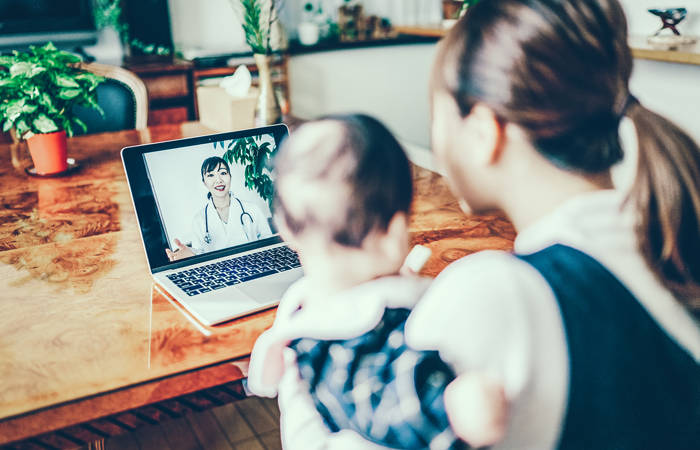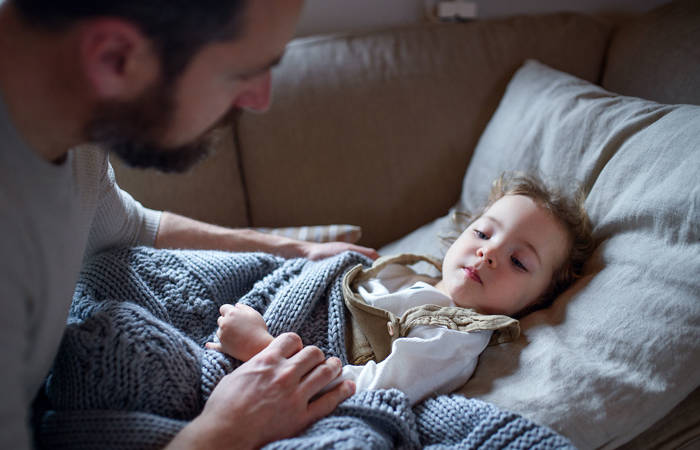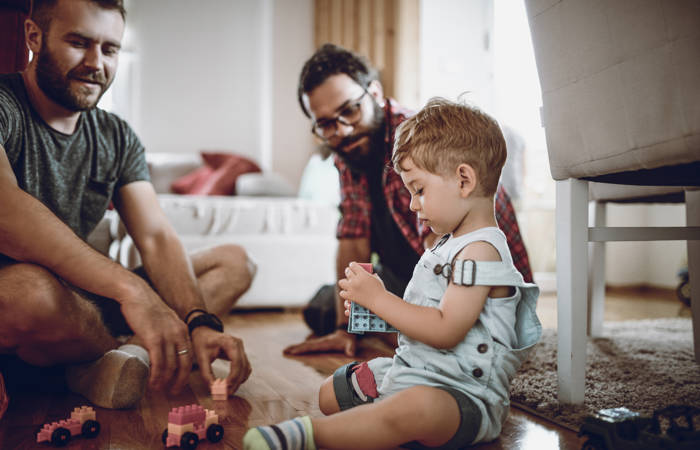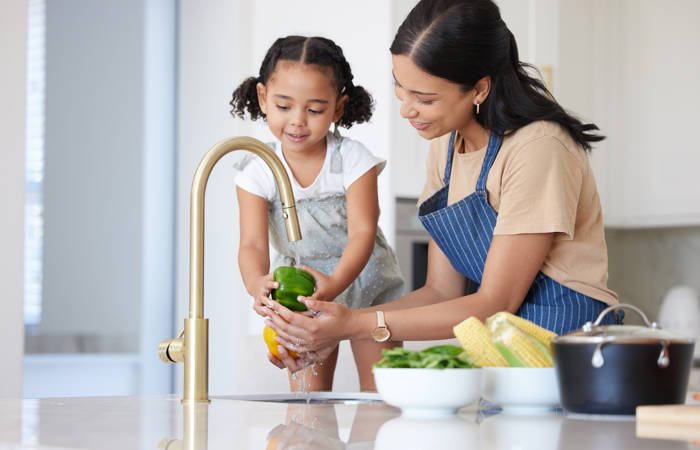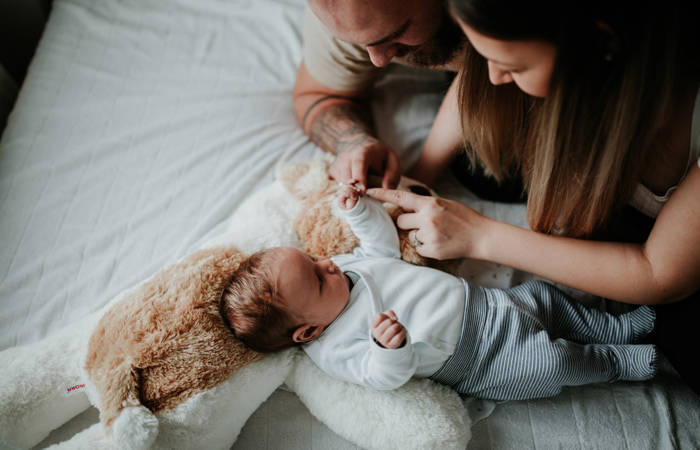Like what you see?
Sign up to receive more free parenting advice.
Thank you for subscribing to our newsletter!
Child Development
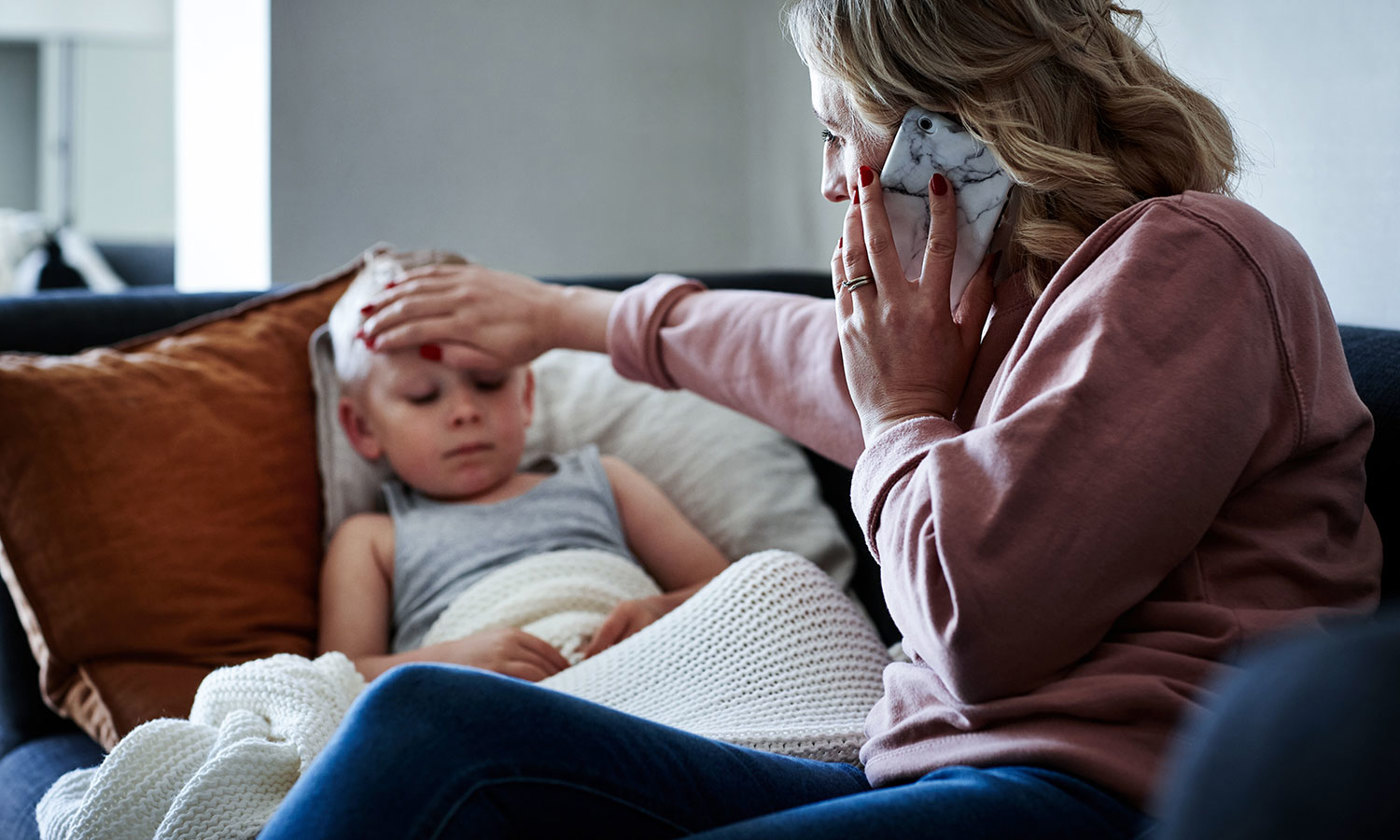
Credit: iStock.com/Dean Mitchell
It was the middle of the night when Liz Crowe’s eldest son, Harry, woke up from a fever.
She gave him paracetamol, popped him back to bed and tried to get a little bit more sleep before his one-month-old sibling woke for his next feed.
A couple of hours later, Liz’s husband woke up to Harry crying. He grabbed the paracetamol bottle, gave Harry his dose and popped him back to bed.
It wasn’t until the morning that they realised their mistake.
They had accidentally given their son too much paracetamol.
That was the same morning Liz realised the need for an idea that had been bubbling away in the back of her mind – an app to help parents track, record and manage information about their child’s medication.
After all, if Liz, a registered nurse with nine years of experience in emergency and critical care, could accidentally give her son too much medication, so could any other parent.
In 2015, Australian Poisons Information Centres (PICs) received just over 170,000 calls relating to poison exposure events, with 64.4 per cent being unintentional and, of those, 18.1 per cent were the consequence of medication error.
The second largest group of unintentional poisonings (at 36 per cent) was for one to four-year-old children and paracetamol-containing analgesics was the second most common substance.
The Queensland Poisons Information Centre 2019 Annual Report identified paracetamol and ibuprofen as the two leading causes of incidents in children up to the age of five years old.
“The concern with these numbers is they reflect the parents that actually realised their mistake, I believe it happens a lot more often than the numbers show,” adds Liz.
Overdosing is hard to identify
“As an emergency nurse, I know that children can handle a day of getting too much paracetamol, maybe two days, but when it gets to three, four or more days, when they’re getting too many doses too often, or too much medication for their bodyweight, then their liver just can’t process the medication,” says Liz.
She explains that overdosing can easily happen.
“When a child has a fever for a few days and they’re not sleeping well, parents are sleep deprived, everyone is cranky, small mistakes can happen, but the problem is these small mistakes can become quite dangerous for children,” she adds.
“Unfortunately, the signs and symptoms of overdose are very similar to when a child is sick, which is usually why parents are giving them pain relief to begin with.
“The signs can be stomach pain, nausea and vomiting, or diarrhoea.
“It is really hard for parents to identify and distinguish between a child being sick from a cold or starting to show symptoms of an overdose.”
If you do have any concerns, always seek medical help.
When a child has a fever for a few days and they’re not sleeping well, parents are sleep deprived, everyone is cranky, small mistakes can happen, but the problem is these small mistakes can become quite dangerous for children.Liz Crowe
Stay up to date with the latest news and articles from First Five Years
Thank you for subscribing to our newsletter!
Family HQ
Liz decided to make her idea a reality and co-founded the Family HQ app with her sister, Dr Sarah Gleeson, a GP and rural emergency doctor.
Family HQ, launched last year, is an all-in-one app to manage medication doses and times.
“It’s designed to be at your fingertips when you need it, no more scraps of paper that easily go missing, no more middle of the night conversations of who gave the last dose and when,” says Liz.
“It’s also very useful if you do find yourself at hospital with your child.
“Instead of trying to remember when the last dose was, or how much was given, or what strength medication you have at home, all that information is stored in the app, ready to show the triage nurse.”
The app is a two-user platform, so both parents or multiple carers can have access to the information easily.
It also doesn’t matter what brand you use, as the app has all the strengths that are available on the Australian market for paracetamol and ibuprofen products.
How to get children to take their medication
Mary Poppins opted for a catchy tune to get the Banks’ children to take their medication, but every parent knows the challenge in getting a sick, grumpy child to willingly take their medication.
“My first advice would be to not threaten children when it comes to taking their medication,” advises Liz.
“Threats of, ‘if you don’t take your medication, you’ll need an injection’, or, ‘if you don’t take it, we’ll have to go to hospital’, don’t really help and usually just backfire when that child is really sick and does need to go to hospital – they are usually terrified when they do present to the emergency department.”
Instead, she advises positive associations with medication before they are sick.
“Let your children play with the medicine syringe before they become sick,” she recommends.
“Let them play with it in the bath, drawing the water up, squirting it out.
“Or even give them water or watered-down juice through the syringe.
“These types of experiences help prevent children from seeing the syringe as an only negative experience.”
Liz’s advice, for babies, is to always put the syringe on the inside side of their mouth, instead of the in the middle straight down their throat, to avoid them gagging and potentially vomiting the medication.
For younger children, Liz’s fail-safe trick is to draw the medication into the syringe to ensure you have the right amount, and then put the medication on a spoon and sprinkle hundreds and thousands on top.
“Children think it’s a magical treat,” she adds.
“Distraction also works really well, for example, sit them in front of their favourite cartoon, or a favourite one in the emergency department (pre-COVID days) is bubbles.”


